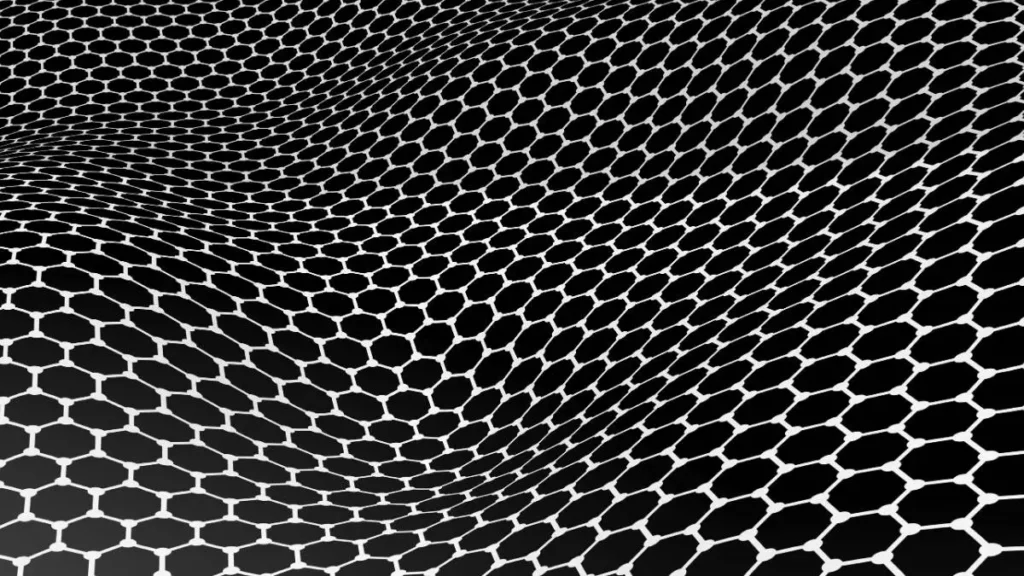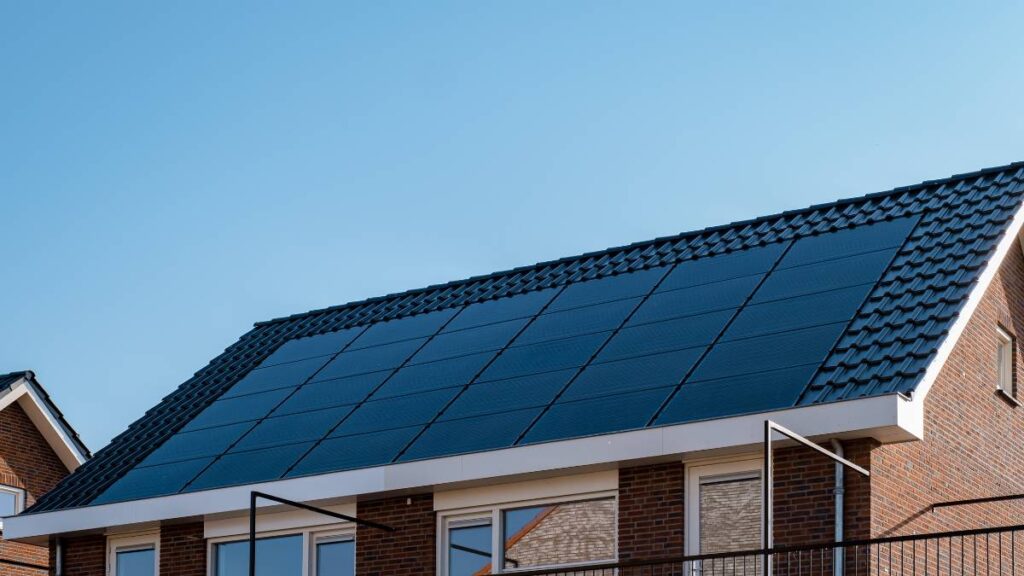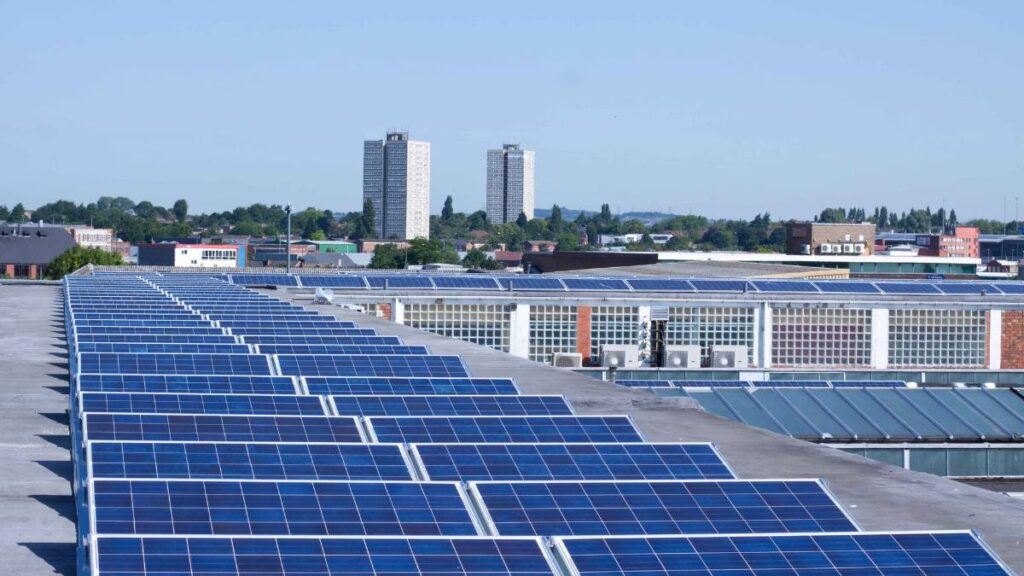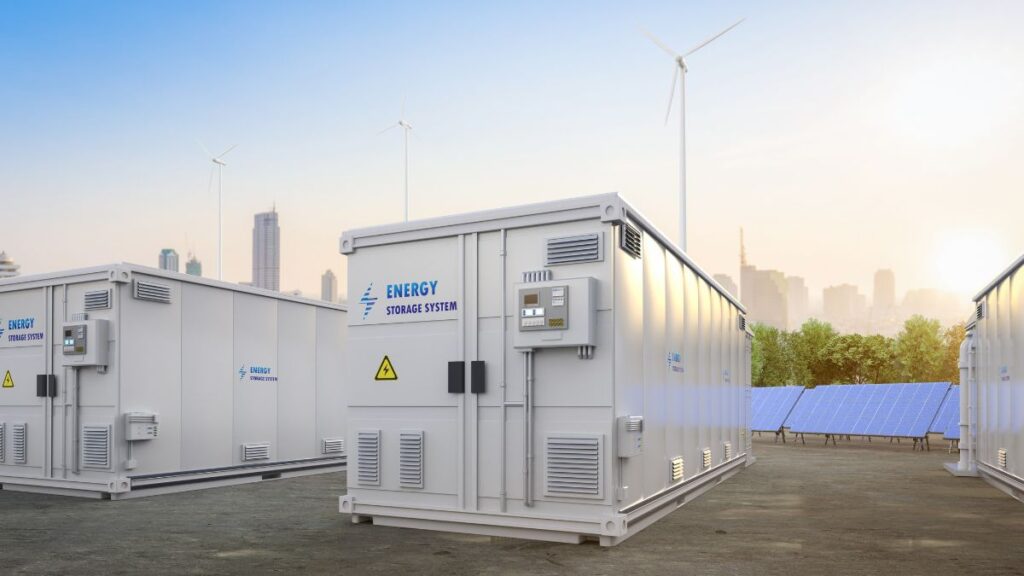Imagine solar panels so efficient they transform virtually every ray of sunlight they touch into clean, sustainable energy. This vision edges closer to reality with graphene, a material just one atom thick yet poised to revolutionize solar technology with its exceptional properties. Graphene’s potential in enhancing the efficiency, flexibility, and durability of solar panels could be the key to unlocking the next generation of solar energy solutions.
Understanding Graphene
Graphene is a single layer of carbon atoms arranged in a two-dimensional honeycomb lattice. It is renowned for its remarkable properties, which are particularly promising for solar technology applications:
- High Electrical Conductivity: Facilitates efficient electron transport, boosting the electricity generation capability of solar panels.
- Superior Light Absorption: Capable of absorbing more light than traditional materials, potentially increasing the energy capture from sunlight.
- Mechanical Strength and Flexibility: Offers the durability and adaptability needed for innovative solar applications, from building-integrated photovoltaics to wearable technology.
Graphene’s Potential in Solar Cells
Graphene can be integrated into solar cell technology in several transformative ways:
- Transparent Electrodes: Graphene can replace materials like indium tin oxide (ITO) in solar cells, providing a more conductive and flexible base for light absorption.
- Light-Absorbing Layers: Enhancing solar cell efficiency through its excellent optical properties.
- Composite Materials: When combined with other semiconductors, graphene’s tailored properties can lead to groundbreaking advancements in solar cell performance.
Advantages of Graphene Solar Panels
Graphene-integrated solar panels promise several advancements over traditional panels:
- Enhanced Efficiency: The potential for higher conversion rates of sunlight to electricity could make solar power even more competitive.
- Flexibility and Versatility: The unique properties of graphene allow for solar panels to be installed on various surfaces including curved and portable devices.
- Durability: Graphene’s inherent strength could lead to longer-lasting solar panels, reducing the need for replacements and maintenance.
- Cost Reduction: As production techniques improve, graphene could become a cost-effective alternative due to lower material and manufacturing costs.
Challenges of Graphene Solar Cells
Despite its potential, several challenges need to be addressed:
- Production Costs: The high cost of producing high-quality graphene at scale is a significant barrier.
- Technical Integration: Optimizing graphene for use in existing solar panel technologies requires ongoing research and development.
- Manufacturing Hurdles: Creating uniform, large-scale graphene films for practical solar applications remains technically demanding.
Advancements in Graphene Solar Technology
Research into graphene solar technology is vibrant and growing:
- Scalable Production Techniques: Innovations in manufacturing are making it more feasible to produce large quantities of high-quality graphene.
- Material Optimization: Researchers are fine-tuning graphene’s properties to enhance its performance within solar cells.
- New Integration Methods: Scientists are exploring novel ways to incorporate graphene into traditional solar panel designs effectively.

The Future of Graphene Solar Panels
The horizon is bright for graphene solar panels, with ongoing projects and research pointing to a significant role in the future of energy:
- Increased Solar Adoption: Enhanced efficiencies and lower costs could lead to broader adoption of solar technology worldwide.
- Greater Energy Capacity: Graphene’s integration could significantly increase global renewable energy capacity.
- Sustainable Energy Solutions: As a highly sustainable material, graphene supports the global shift towards cleaner energy sources.
Common Questions About Graphene in Solar Panels
As of now, the use of graphene in solar panels is largely in the experimental and developmental stages, and large-scale commercial deployments are limited. However, research and pilot projects have shown promising results regarding the potential benefits of graphene, including weight and efficiency savings.
In laboratory settings and small-scale applications, graphene has demonstrated significant efficiency improvements due to its superior conductivity and exceptional light absorption capabilities. These properties suggest that graphene can enhance the performance of solar cells, particularly in converting more sunlight into electricity compared to traditional materials.
Regarding weight savings, graphene’s incredibly thin and light structure makes it an excellent candidate for reducing the overall weight of solar panels. This can be particularly advantageous for applications where weight is a critical factor, such as in aerospace, portable devices, and installations on structures that cannot support heavy loads.
While these findings are encouraging, scaling these solutions to industrial and commercial levels poses challenges. The production of graphene at a scale that is both cost-effective and consistent in quality is a key hurdle that needs to be overcome. Advances in manufacturing technologies and the scaling up of production processes are critical to realizing the full potential of graphene in solar panels on a global scale.
The deployment of graphene-based solar panels on a large scale is still in the early stages, and there are no widely publicized records of large-scale installations exclusively using graphene solar panels as of yet. Most applications of graphene in solar panels have been confined to smaller, pilot projects or laboratory-scale research.
However, several research institutions and companies around the world are actively working on integrating graphene into various solar panel technologies and testing these innovations in real-world conditions. For example, universities and tech companies are collaborating on projects that incorporate graphene into existing solar technologies to evaluate performance enhancements and identify potential scalability issues.
These projects are crucial for gathering data and understanding the practical implications of using graphene in solar panels. As the technology matures and production costs decrease, we can expect to see more substantial deployments that will showcase graphene’s capabilities on a larger scale.
In summary, while the unique properties of graphene hold tremendous promise for revolutionizing solar panel technology, significant work remains in terms of scaling up the technology and demonstrating its benefits in large, commercial-scale environments. Continued research, investment, and collaboration between academia and industry are essential to pushing these boundaries forward.
Conclusion
Graphene solar panels represent a thrilling frontier in solar energy technology, offering a glimpse into a future where our energy needs are met with unprecedented efficiency and sustainability. By staying informed about graphene’s progress in this field, we can all be part of a movement towards a cleaner, more sustainable energy landscape. Explore the possibilities and join the revolution in solar technology powered by graphene.







